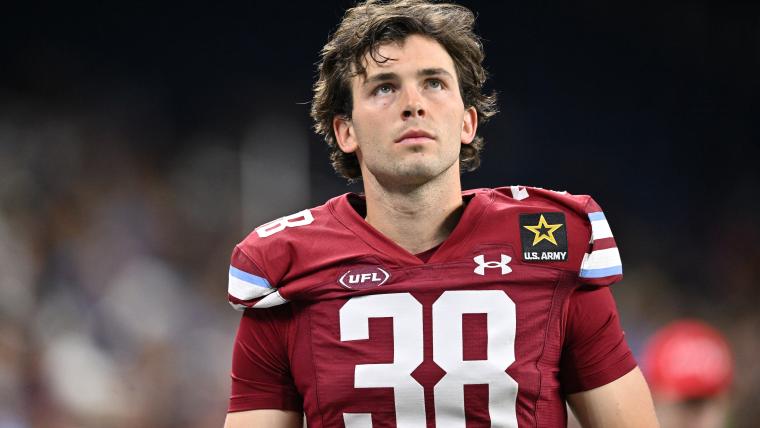UFL Announces Removal of Three Teams Ahead of 2026 Season

In a dramatic shake-up, the United Football League (UFL) announced on October 3, 2025, that three franchises — the Michigan Panthers, Memphis Showboats, and San Antonio Brahmas — will not return for the 2026 season.
What’s Behind the Decision?
The league framed the move as part of a broader restructuring effort. While the affected teams are being removed from active play, the UFL expressed hope that those markets could eventually be revived, potentially as part of future expansion (perhaps as early as 2028).
The rationale cited by league leadership centers on three main factors:
- Venue & Stadium Fit
The UFL’s new leadership — with investor Mike Repole taking a more active role in business operations — has been pushing for tighter, more appropriately sized stadiums. The goal is to avoid large, half-empty venues that undermine both the game-day experience and television optics.
For instance, the San Antonio Brahmas’ home at the Alamodome, a cavernous 64,000-seat facility, was deemed incompatible with this tighter vision. - Declining Attendance and Market Challenges
Many of the teams targeted for removal struggled with attendance and operational costs. The Memphis Showboats, historically one of the weaker draw markets in spring football, had consistently low turnout.
Michigan was more surprising — it had shown an increase in average attendance in 2025. Yet, its venue (Ford Field) came with high costs and logistical hurdles the league considered unsustainable in the new model. - Strategic Reallocation / Relocation Moves
The removals may not be permanent dissolutions but reallocations. Earlier reporting had indicated that as many as four UFL franchises were candidates for relocation: Michigan, Memphis, Houston, and Birmingham.
Birmingham, initially on the chopping block, survived after its fan base rallied with deposit drives and ticket campaign efforts.
The UFL has already confirmed one relocation: a franchise will move to Historic Crew Stadium in Columbus, Ohio, though which one is not yet final.
Reactions & Implications
- Local Backlash & Disappointment
The removal of these franchises naturally sparked backlash in the affected cities. In San Antonio, the Brahmas had decent attendance figures relative to league norms, and many fans see potential for a rebound under different conditions.
In Memphis, longtime backers may feel especially disappointed given the franchise’s cultural ties and past marketing efforts. - Questioning the League’s Stability
Critics see the moves as evidence of instability in the UFL’s blueprint. The league is still young (launched in 2024 via the merger of the USFL and XFL), and it has faced declining viewership, attendance drops, and challenges in market viability.
Some contend that pruning weaker markets is necessary for long-term sustainability; others argue that abandoning invested markets undermines trust with fans and local partners. - Opportunities for Relaunch (or Return)
While the three teams won’t play in 2026, the league’s language indicates openness to their return in future seasons.
Meanwhile, markets like Columbus, and Orlando) are being floated as relocation or expansion targets.
What’s Next?
The UFL will enter 2026 as a smaller but reconfigured league, potentially with eight teams but in different markets. The league must balance its desire for compact, TV-friendly stadiums with ensuring vibrant local fan engagement. How well the restructuring pays off will likely determine whether the UFL establishes itself as a sustainable spring football league — or remains in flux.

NFL Draft Diamonds was created to assist the underdogs playing the sport. We call them diamonds in the rough. My name is Damond Talbot, I have worked extremely hard to help hundreds of small school players over the past several years, and will continue my mission. We have several contributors on this site, and if they contribute their name and contact will be in the piece above. You can email me at nfldraftdiamonds@gmail.com
